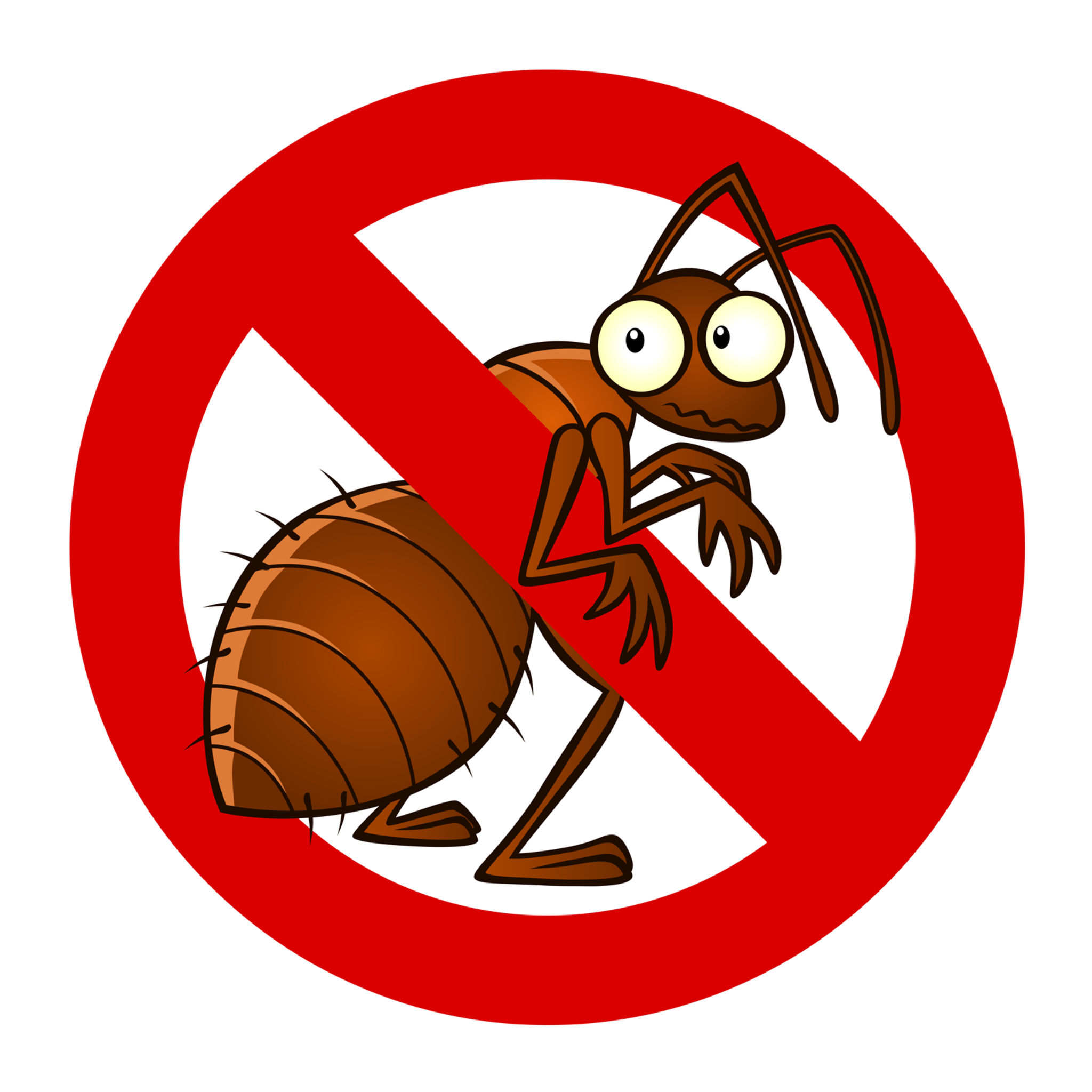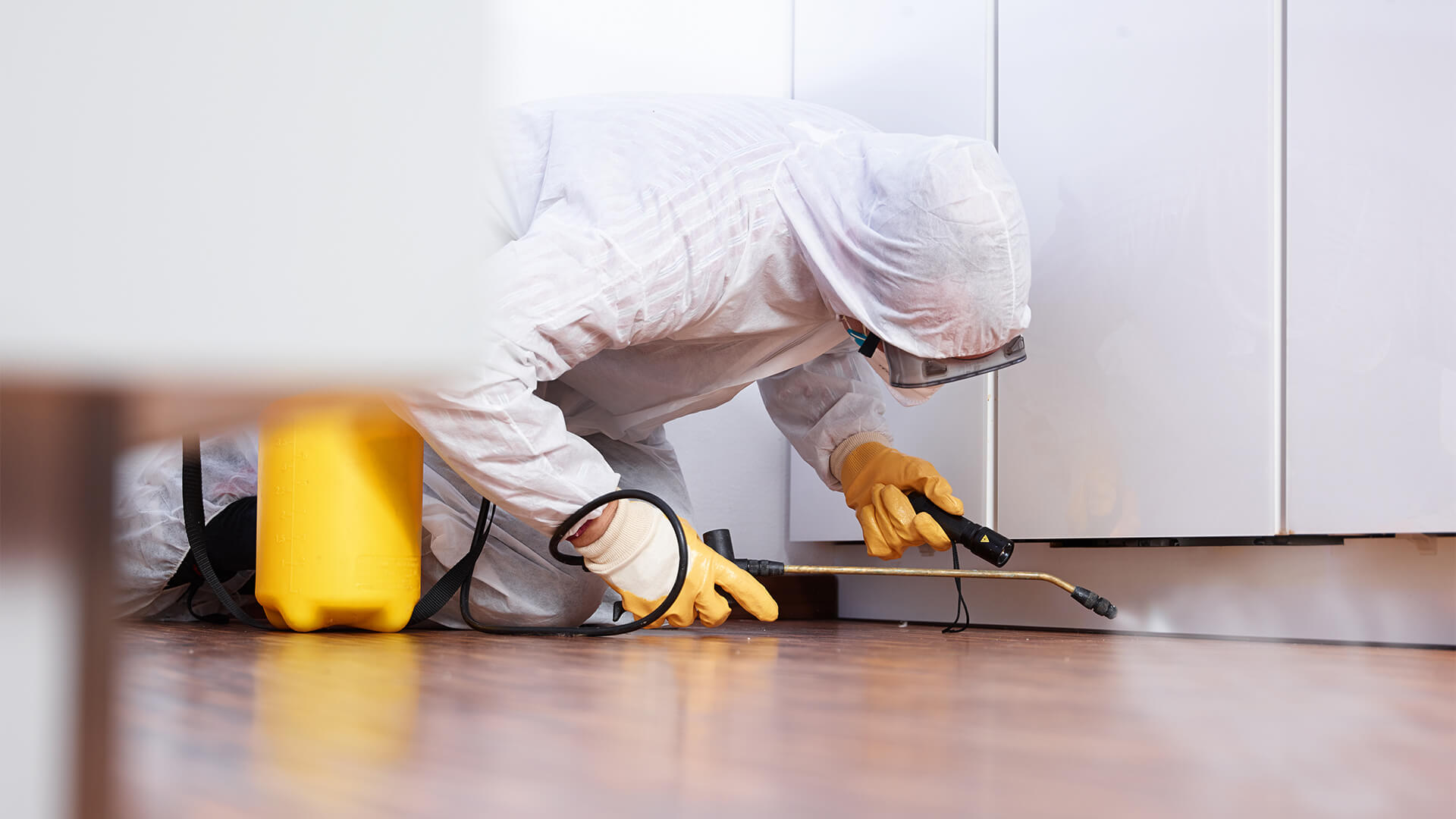A1 Pest Control Charlotte NC Bed Bugs - Professional Elimination Services
Wiki Article
Bed Insect Therapy Breakdown: Contrasting Chemical Vs. Non-Chemical Solutions
In the world of insect control, especially when taking care of the consistent problem of bed pests, the choice between chemical and non-chemical therapy remedies can be a pivotal one. Both methods use distinctive advantages and drawbacks, influencing aspects such as performance, safety and security considerations, and overall expense. By checking out the nuanced information of each technique, a more clear understanding of which course to seek in dealing with a bed insect infestation can be achieved.Efficiency of Chemical Therapies
Chemical therapies for bed insect problems have actually been widely acknowledged for their quick and potent efficacy in getting rid of these parasites. When considering the effectiveness of chemical therapies, it is essential to comprehend that they can offer a detailed and fast remedy to a bed pest trouble. Specialist pest control operators usually count on pesticides to target bed insects at different stages of their life process, consisting of eggs, grownups, and fairies. These chemicals generally function by disrupting the bed insects' nerves, bring about paralysis and ultimate death.Moreover, chemical treatments have the advantage of using residual results, indicating that they can remain to remove bed bugs also after the initial application. This recurring activity is particularly valuable in combating any type of potential re-infestations. Furthermore, the quick activity of chemical therapies can bring relief to people dealing with severe bed insect problems, allowing them to gain back control of their living spaces swiftly.
Safety Worry About Chemical Solutions
One crucial facet that calls for cautious factor to consider when making use of chemical options for bed insect treatment is making certain the security of owners and the environment. Exposure to particular chemicals used in bed pest treatments can lead to respiratory system problems, skin irritability, or other unfavorable reactions, especially in individuals with pre-existing conditions or sensitivities.Furthermore, the environmental influence of chemical services is one more substantial consideration. Some pesticides used in bed insect therapies might be hazardous to beneficial bugs, wild animals, and communities if they leach into the dirt or water supply. It is necessary to use chemical treatments carefully, adhering to safety guidelines, and considering less harmful options to mitigate these risks and make sure the efficient and risk-free administration of bed pest infestations.
Advantages of Non-Chemical Methods
Thinking about the prospective security worries and environmental influence connected with chemical options for bed insect treatment, exploring non-chemical approaches presents an encouraging alternative with numerous distinct advantages. Non-chemical methods supply a more secure option for families, specifically those with pets, individuals, or children conscious harsh chemicals. These strategies get rid of the threats of exposure to toxic compounds, minimizing the capacity for negative health and wellness results. Furthermore, non-chemical treatments are ecologically friendly, as they do not contribute to air or water contamination, making them a lasting choice for pest control.In addition, non-chemical services can be effective in targeting bed bugs, including hard-to-reach locations where chemical treatments may not permeate. Techniques such as heat therapy, vacuuming, steam cleansing, and bed mattress coverings offer extensive eradication without the usage of hazardous chemicals. In addition, non-chemical approaches can be less turbulent, calling for marginal preparation and allowing for quicker reentry into dealt with locations. On the whole, choosing non-chemical bed pest treatment techniques not only prioritizes security and environmental management however additionally ensures comprehensive and effective bug control.
Limitations of Non-Chemical Treatments

In addition, non-chemical therapies often call for multiple applications to achieve successful obliteration. This can be taxing and might not always guarantee full elimination of all bed pests and their eggs, particularly in hard-to-reach or hidden areas.
Additionally, the success of non-chemical treatments heavily counts on correct implementation and thoroughness, which can be challenging for people without specialist expertise. Inadequate application of non-chemical techniques may cause insufficient eradication, bring about consistent invasions and the demand for added therapies.
As a result, while non-chemical treatments have their benefits, it is important to recognize these limitations and consider them when establishing one of the most effective technique for managing bed bug invasions.
Cost Contrast: Chemical Vs. Non-Chemical Options
Provided the limitations related to non-chemical treatments, a vital aspect to examine in the context of bed insect administration is the cost comparison between chemical and non-chemical choices. Chemical treatments normally include the application of insecticides by experts, which read what he said can range from $250 to $900 per room, depending upon the intensity of the problem and the dimension of the location to be treated. On the other hand, non-chemical treatments like warm treatment or heavy steam can be a lot more pricey, with costs ranging from $1,000 to $6,000 for an entire home. While the preliminary price of chemical treatments might appear lower, several therapies might be called for to fully remove the infestation, possibly raising the overall price. On the various other hand, non-chemical alternatives might offer a much more lasting and green solution, although they can be cost-prohibitive for some people. Inevitably, when taking into consideration the price of bed pest treatment alternatives, it is essential to consider the upfront expenses versus the performance and long-term sustainability of the picked approach.Verdict

Taking into consideration the potential security concerns and environmental effect linked with chemical options for bed pest treatment, checking out non-chemical approaches presents an appealing choice with several unique advantages.Offered the limitations associated with non-chemical treatments, a crucial aspect to examine in the context of bed pest management is the expense contrast between chemical and non-chemical alternatives. In comparison, non-chemical treatments like warm treatment or steam can be more expensive, with expenses ranging from $1,000 to $6,000 for an entire home. While the preliminary price of chemical therapies may appear lower, numerous treatments may be called for to completely eliminate the invasion, possibly boosting the general cost.In conclusion, when comparing chemical and non-chemical bed insect treatment options, it is necessary to think about effectiveness, security, advantages, restrictions, and price.
Report this wiki page